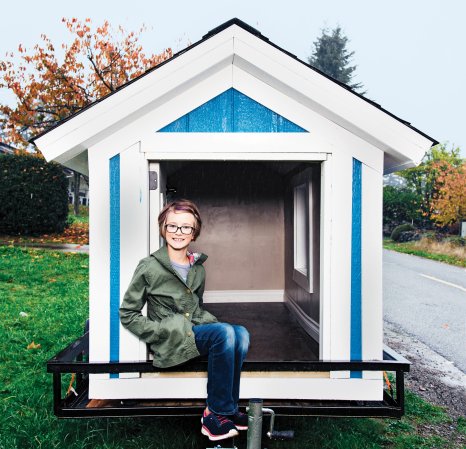

It’s that time of year again where we set all sorts of resolutions for who we will be in the coming years—going to the gym more, devoting more money to charity, spending more time with the family. But for eco-minded resolution-ers, it can be overwhelming to set goals that will actually make a difference against climate change without falling victim to greenwashing and claims that are too good to be true.
Here are a few of the most practical and effective ways to jumpstart your sustainable New Year’s resolutions.
Eat locally and consciously
Being more conscious about what we eat is a straightforward way to jumpstart personal climate goals. Food waste is a massive problem across the world, not only because of the ethical implications of perfectly good meals hitting the landfill instead of someone’s plate, but also because of the carbon footprint and pollution impacts of that trash.
Not to mention, lots of the food that we eat, especially if it’s animal-based, has a pretty severe impact on the planet. Some ways to rethink your diet, without having to give up your favorite dishes, include rethinking how much protein you need in a healthy diet (many of us consume way more than we really need) and only buying minimally processed foods.
[Related: 4 ways plant protein is better than animal protein]
Finally, put going to your local farmers market on your to-do list. Pay close attention to what’s in season in your region and do a little research on the growers providing your favorite foods.
Slow your clothes-shopping habits
The horrors of fast fashion are pretty well known at this point: grueling labor conditions for workers, piles of unused clothing sitting in the landfill, and the sheer environmental toll of making things and shipping them worldwide. Still, the reality is that sometimes people need new clothes, and the idealistic companies doing their best to be climate-conscious aren’t always affordable for everyone.
This year, fight back against the unsustainable fashion cycle by resisting the urge to “haul”—or buy loads of clothing—no matter who the retailer is, be it Zara or Goodwill. Even though it may seem ethical to raid second-hand stores for fresh looks, remember that short-time fashion cycles are still perpetuated in thrifting. If you only feel lukewarm about the blazer in your cart, be it still-with-tags or second-hand, remember it’ll get a lot more mileage with a shopper who truly needs it or wants it.
Switch to a green bank
Banks and climate change have a contentious relationship. While big institutions may appear to be going greener, they’re usually keeping most of their capital tied up in fossil fuel investments. Thankfully, there are financial institutions out there that will allow you to put your money where you want it to go and far away from the hands of giant greenhouse gas emitters. Certain banks like Atmos exclusively fund climate change solutions, and many others put their money into small and local businesses.
[Related: Your retirement account can also help protect the planet]
“Putting money into a bank with greener standards is like a vote,” Megan Hryndza, the CEO and co-founder of Mighty Deposits, told PopSci back in May. “It’s one of the simplest, yet most profound ways to steer lasting, top-down change at a systems level, in response to grassroots action through the coordination of millions [of people].”
If you’re nervous about breaking up with your old bank, here’s a tip sheet to break down exactly what you need to do.
Plant a garden that fights carbon emissions
The pandemic pushed more people to grow their own food—but another way to flex those new gardening skills is by planting a mini carbon sink in your yard or neighborhood green space. First, do a bit of research on what shrubs, trees, and grasses are native to your region; you’ll want to choose species that are good at storing carbon in their leaves and roots, and are beneficial for insects and other wildlife. Then visit local nurseries or growers to see what the availability is like. You’ll want to map out your garden before the frost lifts, because it’s going to be crunch time after that.
Picking the right plants is also only one part of the carbon-sequestration equation: The way you tend to them will make a big splash as well. Use non-chemical fertilizers like legumes and compost from your own kitchen scraps. Your garden will look, smell, and sound livelier as a result.















